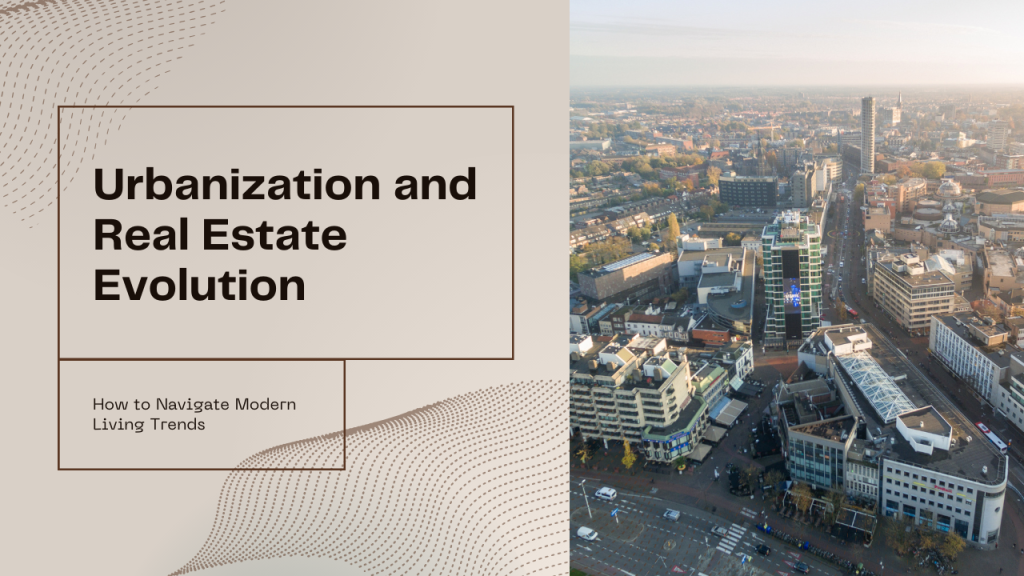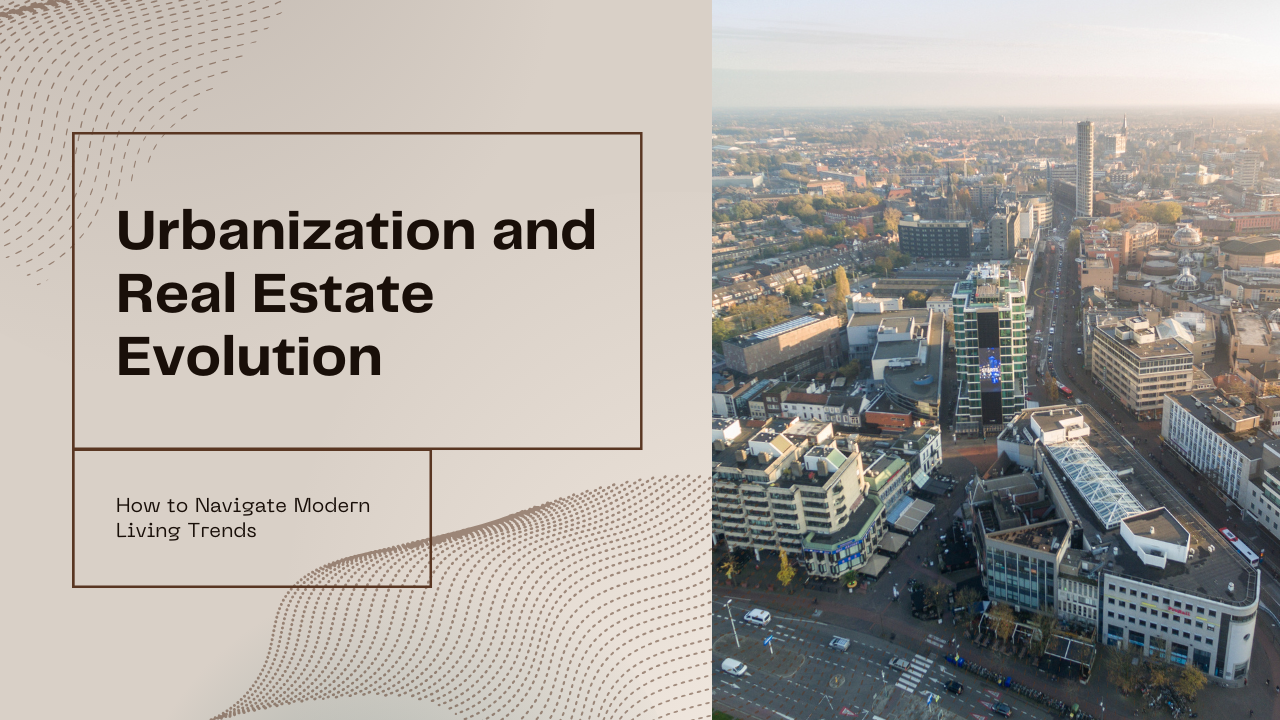Rapid urbanisation in recent decades has changed the face of the world, bringing about significant transformations in the real estate industry and impacting how people live and work in metropolitan areas. In light of the ongoing population migration towards urban centres, developers and urban planners are confronted with the formidable task of catering to the increasing demand for their services while simultaneously taking into account the ever-changing preferences and lifestyle trends of the populace.
The emergence of mixed-use projects, which combine residential, business, and recreational areas into a single complex or neighbourhood, is one significant trend influencing modern living. With restaurants, shopping, parks, and cultural activities all conveniently located close to residences, these energetic, walkable neighborhoods provide homeowners with unmatched convenience.
Mixed-use complexes encourage a more sustainable and balanced lifestyle by promoting a sense of community and connectivity. This lowers the need for lengthy commutes and improves overall quality of life.
In addition, the idea of green building techniques and sustainable design has gained popularity in response to the pressing need to slow down climate change and raise environmental awareness. Developers are placing a higher priority on sustainability in real estate developments in order to attract environmentally conscientious tenants and buyers. This includes adding green spaces, renewable energy systems, and energy-efficient building materials.
The increasing requirement for flexible and adaptable living areas that can accommodate shifting wants and lifestyles is another major change in modern living. A growing number of people are looking for houses with designated office areas or multifunctional rooms that can seamlessly shift between business and leisure activities as remote work becomes increasingly common. Furthermore, the growth of co-living and co-working spaces provides opportunities for networking and cooperation as well as economical housing, especially for young professionals and digital nomads.
Real estate will continue to be shaped by urbanization, thus it is critical that stakeholders, legislators, and developers priorities inclusivity and community involvement while embracing innovation and sustainability.
Through the application of technology, innovative design, and strategic planning, cities can adapt to changing population patterns and provide resilient, dynamic urban environments that improve the wealth and well-being of their citizens.


